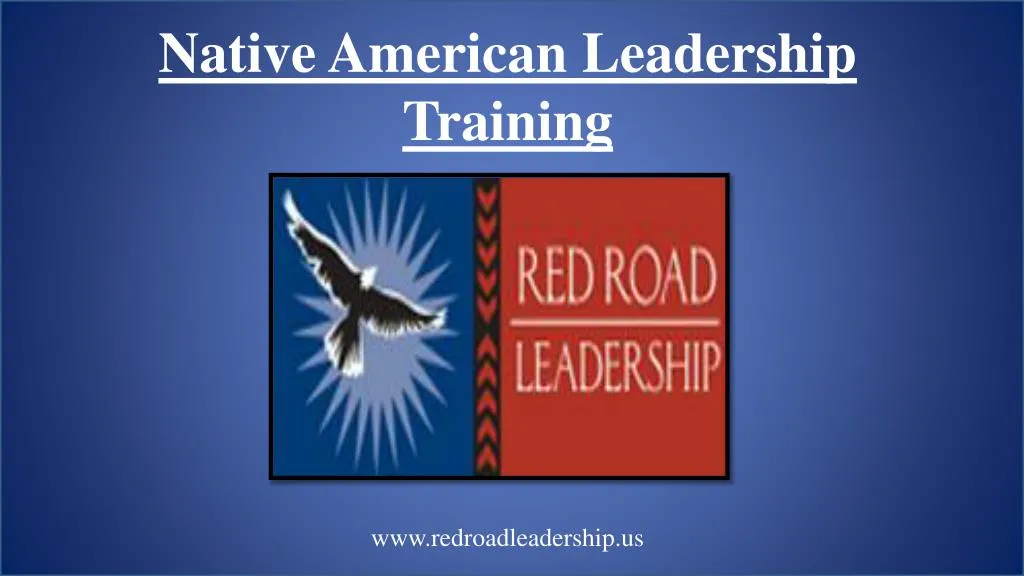
Native American Leadership and Governance Structures: A Deep Dive
The leadership and governance structures of Native American nations are as diverse and complex as the hundreds of distinct cultures that have thrived across North America for millennia. Far from a monolithic entity, Indigenous political systems reflected unique ecological adaptations, spiritual beliefs, social organizations, and historical trajectories. Understanding these structures requires moving beyond simplistic stereotypes and appreciating the intricate mechanisms that ensured community cohesion, dispensed justice, managed resources, and navigated intertribal relations long before European contact, and their remarkable resilience in the face of profound disruption.
Pre-Contact Diversity: A Spectrum of Political Organization
Before the arrival of Europeans, Native American governance systems spanned a broad spectrum, from highly centralized, hierarchical societies to decentralized, egalitarian bands. However, several overarching principles often underpinned these diverse forms: a strong emphasis on consensus, the collective well-being of the community, respect for elders and spiritual wisdom, and a deep connection to the land and its resources.
1. Leadership Roles: Beyond the "Chief" Stereotype

The term "chief" is an inadequate umbrella for the myriad leadership roles present in Indigenous societies. Leadership was rarely absolute or hereditary in the European sense, and authority often resided in multiple individuals or groups, each with specific responsibilities.
- Peace Chiefs and War Chiefs: Many nations, particularly in the Plains and Eastern Woodlands, distinguished between leaders for times of peace and leaders for times of conflict. Peace chiefs often held moral authority, focused on internal harmony, diplomacy, and resource management. War chiefs gained their position through demonstrated bravery, strategic acumen, and the ability to inspire warriors. Their authority was often temporary, confined to the duration of a campaign.
- Hereditary vs. Achieved Status: While some societies, like those in the Pacific Northwest (e.g., Kwakwakaʼwakw, Haida), had hereditary chiefs whose status was tied to lineage, wealth, and ceremonial privileges (like the potlatch), many others emphasized achieved status. Leaders earned their position through demonstrated wisdom, generosity, oratorical skill, spiritual power, or successful exploits. For instance, among many Great Plains nations, individuals might rise to leadership through their prowess in hunting or warfare, but their authority ultimately depended on the continued consent and respect of their community.
- Spiritual Leaders: Shamans, medicine people, and religious specialists often held significant influence, guiding communities through spiritual insight, healing, and ceremonial practices. Their counsel could be crucial in political decisions, as the spiritual well-being of the community was often inseparable from its physical and social health.
- Clan Mothers and Women’s Councils: In numerous matrilineal societies, particularly among the Haudenosaunee (Iroquois Confederacy), women held significant political power. Clan Mothers were responsible for selecting and deposing male chiefs (sachems), owning the land and longhouses, and influencing major decisions. Their role highlights that gender dynamics in Indigenous governance were often far more balanced and nuanced than in contemporary European societies.
2. Decision-Making Processes: The Power of Consensus
Consensus-based decision-making was a hallmark of many Native American governance systems. This often involved extensive discussion, deliberation, and the careful consideration of all viewpoints, sometimes over days or weeks. The goal was not simply a majority vote, but a resolution that everyone could agree to, or at least live with, ensuring community harmony and preventing dissent. This process, while seemingly slow, fostered deep commitment to decisions once made. Councils, often composed of elders, clan representatives, or respected individuals, were common forums for these discussions.

Regional Examples of Sophisticated Governance
1. The Haudenosaunee Confederacy (Iroquois): A Model of Federalism
Perhaps one of the most sophisticated and influential pre-contact governance structures was the Haudenosaunee Confederacy, comprising the Mohawk, Oneida, Onondaga, Cayuga, and Seneca nations (later joined by the Tuscarora). Founded on the principles of the Great Law of Peace (Kaianere’kó:wa), this confederacy united independent nations under a common constitution, establishing a multi-level system of governance:
- Clan System: The foundational unit was the clan (e.g., Bear, Wolf, Turtle), which transcended individual nations. Each clan had Clan Mothers who selected the male chiefs (sachems).
- Nation Councils: Each of the six nations had its own council for internal affairs.
- Grand Council: The Confederacy’s governing body was the Grand Council, composed of 50 sachems from the member nations. Decisions were made through a complex, deliberative process involving discussion, debate, and consensus among different blocs of nations, with the Onondaga acting as the firekeepers and arbiters.
- Checks and Balances: The Clan Mothers held the power to impeach or "dehorn" a sachem who failed to uphold the Great Law. The system included mechanisms for war and peace, dispute resolution, and equitable representation, and is often cited as an inspiration for aspects of the United States Constitution.
2. Pueblo Peoples: Theocratic and Communal Governance
In the Southwestern United States, the Pueblo peoples (e.g., Hopi, Zuni, Taos) developed highly stable, community-oriented governance. Their systems were often theocratic, with religious leaders and spiritual societies playing a central role in political decision-making. Community life was highly structured, emphasizing collective labor, resource sharing, and adherence to ancient traditions and ceremonies. Secular governors, often appointed by religious authorities, handled daily affairs, but ultimate authority rested with the spiritual leaders and the collective will of the community, guided by ancestral wisdom.
3. Plains Nations: Adaptive and Flexible Systems
The nomadic or semi-nomadic Plains nations (e.g., Lakota, Cheyenne, Comanche) developed adaptable governance structures suited to their mobile lifestyle and reliance on buffalo. During the summer hunting season, large tribal camps would form, necessitating a temporary, centralized governance structure, often a council of respected warriors and elders. Warrior societies played a crucial role in maintaining order, enforcing decisions, and organizing hunts and defense. During winter, bands would disperse, and leadership became more localized and less formal. The "council of forty-four" of the Cheyenne is another example of a highly respected body of peace chiefs responsible for long-term tribal welfare.
The Impact of European Colonization
European colonization profoundly disrupted and often dismantled existing Native American governance structures. Colonial powers frequently disregarded the nuanced and often consensus-based systems, preferring to impose hierarchical models more familiar to them.
- Imposition of Foreign Systems: Europeans often appointed "chiefs" who had little traditional authority, creating internal divisions and undermining legitimate Indigenous leaders. The reservation system further constrained self-governance, as federal agents often held ultimate authority.
- Forced Assimilation: Policies aimed at "civilizing" Native Americans, such as the Dawes Act (allotment of communal lands) and the boarding school system, actively sought to eradicate Indigenous languages, cultures, and political systems.
- The Indian Reorganization Act (IRA) of 1934: While intended to reverse some of the detrimental effects of previous policies and promote tribal self-governance, the IRA had mixed results. It encouraged tribes to adopt Western-style constitutions and elected councils, often based on majority rule. While some tribes found stability and a framework for asserting their rights through the IRA, others felt it further alienated them from traditional forms of governance, creating a divide between "traditionalists" and "progressives."
Modern Governance and Resilience
Despite centuries of external pressure, Native American nations have demonstrated remarkable resilience and adaptability. The latter half of the 20th century saw the rise of the self-determination movement, empowering tribes to reclaim control over their own affairs.
- Tribal Sovereignty: Today, over 570 federally recognized tribes in the United States operate as sovereign nations with inherent rights to self-governance. They have the authority to establish their own laws, courts, police forces, and to manage their lands and resources.
- Modern Tribal Governments: Many contemporary tribal governments blend traditional values and practices with modern democratic structures. They often feature elected tribal councils, a chairperson or president, and a separation of powers similar to federal or state governments. However, these modern systems often strive to incorporate traditional principles of consensus, community welfare, and respect for elders.
- Revitalization of Traditional Practices: Many tribes are actively working to revitalize traditional forms of leadership and governance, alongside or integrated into their modern systems. This includes promoting traditional languages, ceremonies, and the roles of clan leaders or spiritual authorities.
- Challenges: Modern tribal governments face ongoing challenges, including balancing economic development with cultural preservation, navigating complex legal relationships with federal and state governments, and addressing socio-economic disparities within their communities.
Conclusion
Native American leadership and governance structures represent a rich tapestry of human political ingenuity. From the sophisticated federalism of the Haudenosaunee to the communal stability of the Pueblos and the adaptive systems of the Plains nations, these structures were deeply rooted in unique worldviews that prioritized collective well-being, spiritual harmony, and sustainable interaction with the environment. While colonization inflicted immense damage, Indigenous nations have consistently demonstrated an enduring capacity for self-governance, adapting, evolving, and revitalizing their political systems. Understanding this profound history is crucial for appreciating the ongoing struggles and triumphs of tribal sovereignty and self-determination in the modern era.


